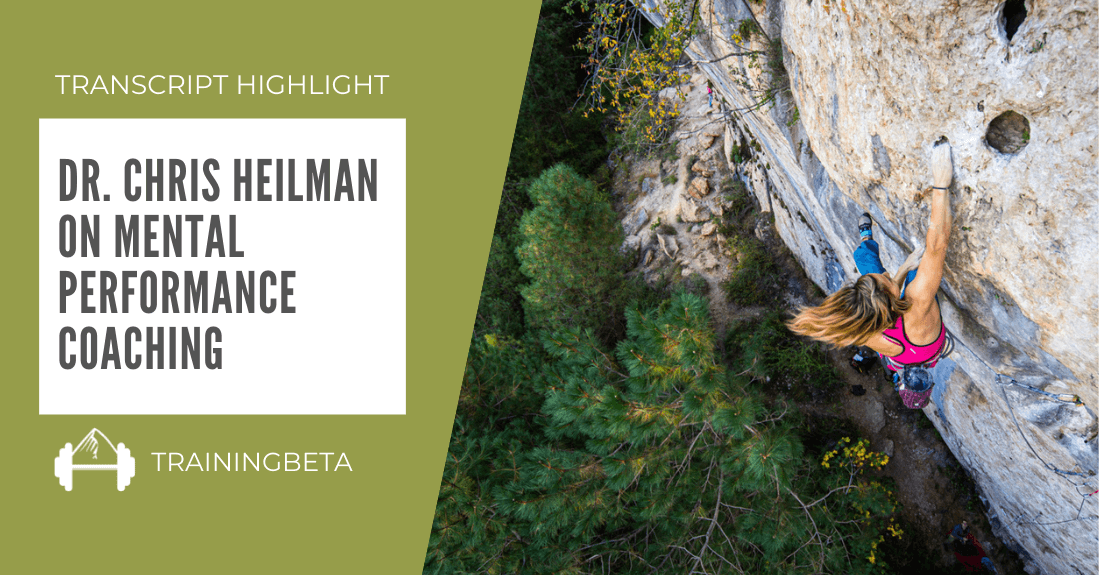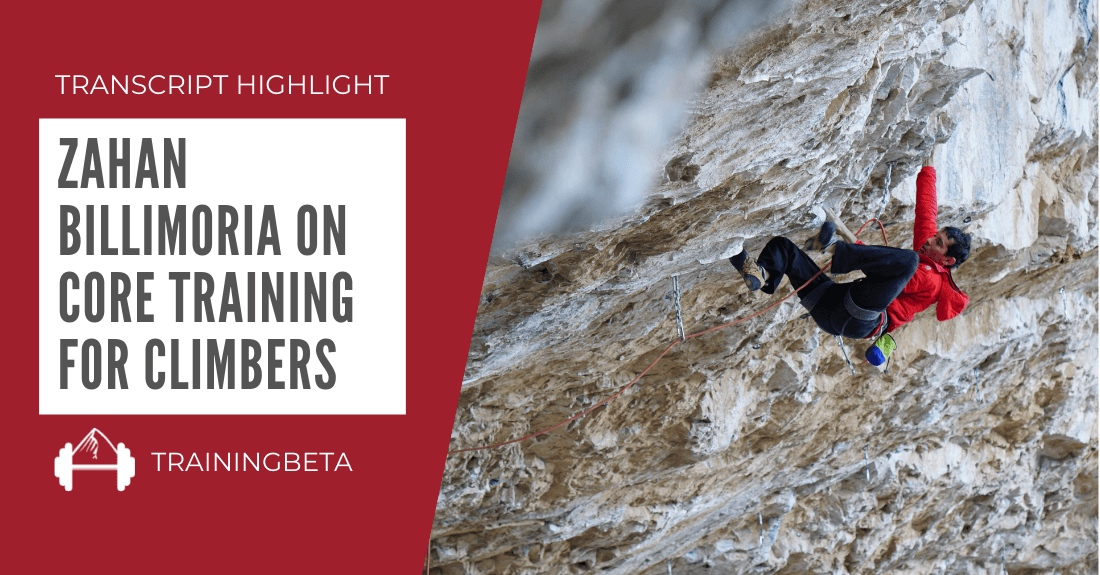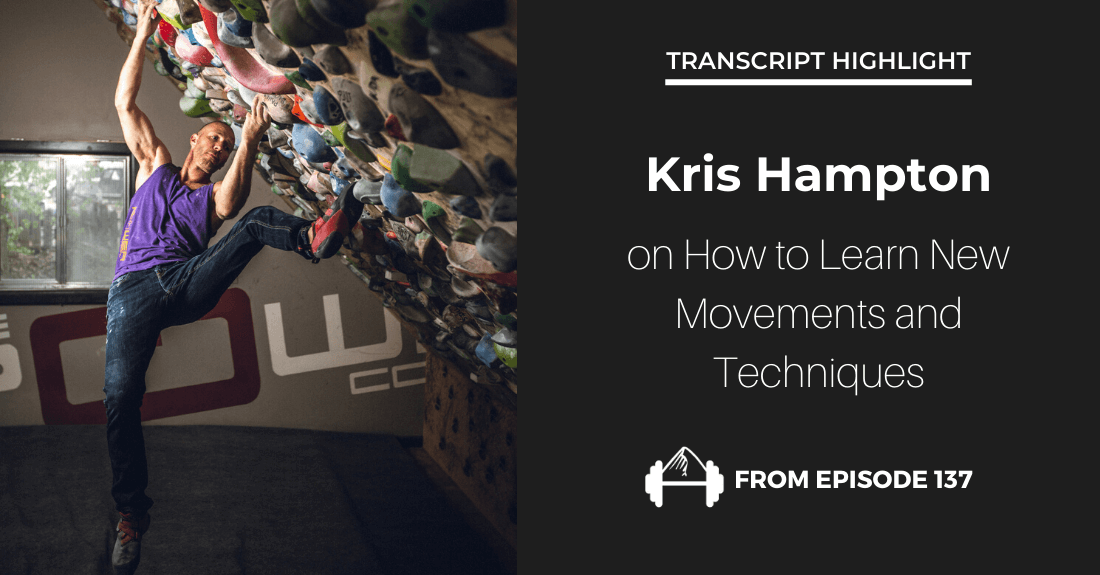Climbing has made it to the Olympics in 2020. While this fact isn’t exactly breaking news, what is new and exciting is that Kyra Condie and Nathaniel Coleman have punched their tickets to Toyko after impressive performances at the qualifying event in Toulouse, France. This means they will be joining Brooke Raboutou in representing the USA at the 2020 games. Congratulations to all three of these athletes.
While this is no doubt exciting, the Olympic qualification process has been a bit confusing and hard to follow. That’s why we recorded an episode with USA Climbing Head Coach Josh Larson all about how he has helped the US athletes prepare for the World Cup events and the Olympics. In the episode, Larson does a great job of outlining both the Olympic format and the qualification process. If you’re not up to speed on the format or qualification process, be sure to check out TrainingBeta Podcast Episode 129 for the climbing in the Olympics 101 lesson.
For now though and to celebrate Kyra, Brooke, and Nathaniel’s qualification, here are two excerpts from the episode. The first focuses on the USA Climbing facility in SLC and how Larson and the athletes are using it to prepare and the second goes into some of the strategies behind prioritizing what to train when faced with the new combined Olympic format.
Check them out below and be sure to listen to the full episode for more on climbing and the Olympics.

Josh Larson on Training Team USA for the Olympics
Neely Quinn: Can you tell me more about the facility and who’s training there and what kinds of things you guys do, and if you’re doing training camps and things like that that you mentioned?
Josh Larson: Yeah. Back in February we found a space right in downtown Salt Lake, kind of across the street from USA Climbing’s home office. It’s a big space. I think it’s 9,000 or 10,000 square feet.A very industrial building but a great space so we put up the walls that you see at Nationals and the walls that you see at Vail. Those are our walls as USA Climbing and they’ve usually just been sitting in trailers between all the events that they go to, which is basically just two events a year. Now it’s not being stored in a trailer, it’s being stored in a warehouse with holds on it. We’ve basically had a training center sitting in a trailer for a really long time and now we have a place to pop it up.
When we set it up in February it was 100 feet wide of climbing, that National wall, and we built a little slab wall, we have a spray wall, we have a little campus board and espresso machine, ping pong table, basketball hoop, all of the essentials. We’ve been there since then and we’ll be there for a few more months and then we’re going to move to a newer zone.
As far as things that go on in the training center, we ran a training camp back in March prior to the first Bouldering World Cup and we had a blast setting it up. We had most of our combined team there and a lot was learned. There was a lot set up for them. Basically, every day they were done climbing all of us setters would come together and say, “Okay, these are some things we saw, these are some things we heard, let’s implement this for them for tomorrow and put it on the wall.” Just being able to have that freedom of moving a hold whenever you want or staying really late or setting all day. You have restrictions when you’re in other commercial spaces so there it’s just our space.
Neely Quinn: So you can do a lot with them.
Josh Larson: We don’t have a lead wall because of the height and that’s a bigger goal for down the road – hopefully not too far down the road. We have bouldering, we have the spray wall to train circuits for power endurance and resistance, and we’re building right now – hopefully today it should be done by the end of the day – some speed sections. The speed wall is the 15-meter speed wall but we’re going to set up little sections of that 15-meters for athletes to rehearse and practice and engrave into their brain. Rather than trying to climb 10 meters up to the last 5-meter section, now they can just do that section right from the ground.

Neely Quinn: So it’s actually kind of a good thing that it’s set up like that?
Josh Larson: Yeah, it’s an awesome thing. When we go to the gyms to train speed it’s, ‘Okay, you need to work on those three foot moves at the top. You have to climb up there and either create your momentum or rest.’ It’s just not very convenient to work sections so a lot of the countries are doing this, too, they’re just putting their little speed sections of maybe eight or nine of the speed holds and people just rehearse the foot beta and the hand sequences and all of that. That’s a tool that we’re really excited to start using more.
Neely Quinn: You said that you guys are going to move in a few months. Are you going to stay in Salt Lake and just go to a different facility?
Josh Larson: Yeah, we just got word the other day that they’re going to demolish the building or something that we’re in so we definitely need to move. [laughs]
Neely Quinn: [laughs] Okay. Is it going to be a tall building where eventually you could have routes? Or no?
Josh Larson: I don’t think the next one will be that, no.
Neely Quinn: It doesn’t seem like route climbers are actually climbing that much on routes, honestly, for training.
Josh Larson: It’s funny. I would agree but I also think of a few athletes that really want to just train on lead. For the majority, they do just want to do circuits and pure resistance. If a gym has really good resistance routes up, like not very commercial gyms but very comp-y, progressive routes, then athletes will certainly be training on those because that’s very attuned with what they’ll be competing on. But yeah, you’re right. A lot of athletes and a lot of climbers in general do circuits and 4×4’s and all of those easier, accessible power endurance workouts.
Neely Quinn: I mean the question is obviously, as a coach and as a trainer, this is completely different than how they train currently, this format. What do they do to train for this format?
Josh Larson: There’s a lot of different strategies. I think generally it’s focusing on what your specialty is. If your specialty is bouldering, then what you want to do is you want to aim for that minimum multiplier. You want to aim for first, obviously, because that’s going to put you high in the ranks. If you can get a low, low number in your preferred discipline you want to maintain that. This is our strategy. Other countries are maybe doing it this way and are doing it this way, other countries are not, but the general strategy is make sure you’re getting a low multiplier.
If you’re just trying to be pretty good at all of them and get 20th in all events, it’s not as great as getting 20th twice and a first place. Making sure that you’re still super focused on your specialty discipline, whatever one feels more attuned to you, and then mostly everybody needs to just work on speed because it’s kinda going to come down to speed and who is just going to suck it up and train more speed. Those that will just deal with it and make the best of it and have fun doing it, because it is actually really fun, those are the ones that will have a better chance. It’s kind of the same thing in all training with projects: focus on your weaknesses, but in this sense it’s focus on your strength a lot but fix your weaknesses and improve them.
Neely Quinn: That’s interesting. That’s actually not what I expected you to say.
Josh Larson: I guess that’s just a strategy, it’s just an approach, it’s just one way that we’ve talked about doing it and how we’ve worked with athletes on doing that. It’s cool because it’s seasonal, too. It was all boulders for the first two and a half months, so six events of just boulders. That was a no-brainer. We’re just going to boulder. We’re also going to do a little bit of speed and then as the end of the bouldering season fades away we’re going to jump into lead training so when the first lead event comes around we’re not scratching our heads in the middle with two events going on like, ‘Oh man, I wish I was training lead a while ago.’ They’re already starting to overlap in all of that.
Full Episode/Transcript: TBP 129: Josh Larson on Prepping the US Team for World Cups and the Olympics
(photo courtesy of Josh Larson)

Other Articles You Might Like:
- TBP 100 :: Kyra Condie’s Hangboard and Campus Board Training Program
- TBP 107 :: Nathaniel Coleman on Staying Positive and Training to Win Comps
- Transcript Highlight: Kyra Condie Describes Her Campus Routine
- TBP 106:: Tiffany Melius on Training for the Olympics and Mental Coaching for Climbers






Leave A Comment